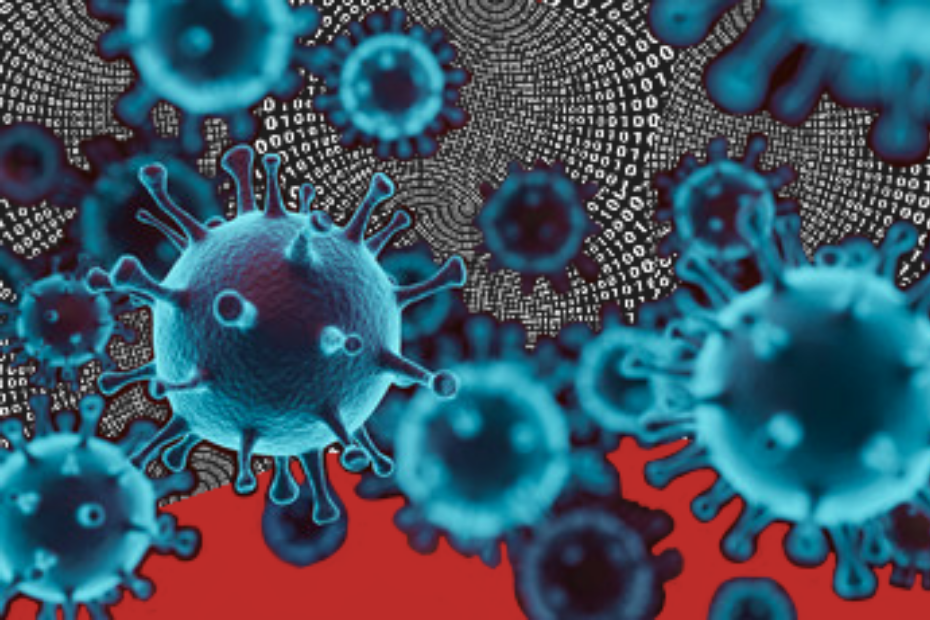COVID-19 has put healthcare systems into crisis worldwide. Nonetheless, as most of the world has gone into lockdown during the pandemic, the scientific research community has gone into overdrive trying to understand the nature of the virus, SARS-CoV-2, and finding a vaccine.
During the pandemic, scientists, clinicians, and healthcare officials around the globe were in search of new technology to tackle COVID-19. Evidently, every ounce of technological innovation harnessed to fight this pandemic brought us one step closer to overcoming it. At the forefront, artificial intelligence (AI) and machine learning have played a fundamental role in better understanding and addressing the COVID-19 pandemic.
Machine learning is a main driving force behind AI, which learns to detect patterns in data enabling the prediction of future outcomes as well as revealing other insights about the data. Proudly, it was a Canadian-based AI start-up that was among the first to detect the worrisome outbreak of the COVID-19 virus. Machine learning algorithms were used to analyze news statements, animal disease networks, and airline reports to locate the outbreak and anticipate the dispersion of the disease. This data was then provided to public health officials, hospitals, and other industries to help better manage health risks. Technology has, therefore, played a significant role in the pandemic, and more emphasis needs to be placed on it within the healthcare sector.
Besides outbreak detection, AI has also played a pivotal role nationally by determining vulnerable populations, predicting hotspots, and aiding policy makers with slowing the spread of COVID-19. Studies have also shown the potential of AI to diagnose COVID-19 with over 85% accuracy, thus enabling rapid diagnoses. Following a diagnosis, AI has aided with the process of contact tracing to prevent the wider spread of the disease. AI usage has also been implicated with forecasting and predicting the trajectory of the pandemic. These models have enabled the generation of short-term forecasts to assist healthcare experts and policymakers in making decisions regarding lockdowns and vaccine distributions. The forecasts have allowed for the prediction of infected individuals at the highest risk, possibly lessening transmission of the virus.
Clearly, since the first outbreak of COVID-19, alternative methods have been sought to combat the pandemic with more accurate and reliable outputs. AI and machine learning have been at the forefront throughout this process. With the pandemic reaching its peak (i.e. record high as of this writing) and vaccine distributions currently underway, it is important to reflect on the role that machine learning has played in this process. Using the lessons learned in 2020, more focus should be garnered toward harnessing the potential of AI technology to prevent – or more effectively thwart – health risks in the future.

